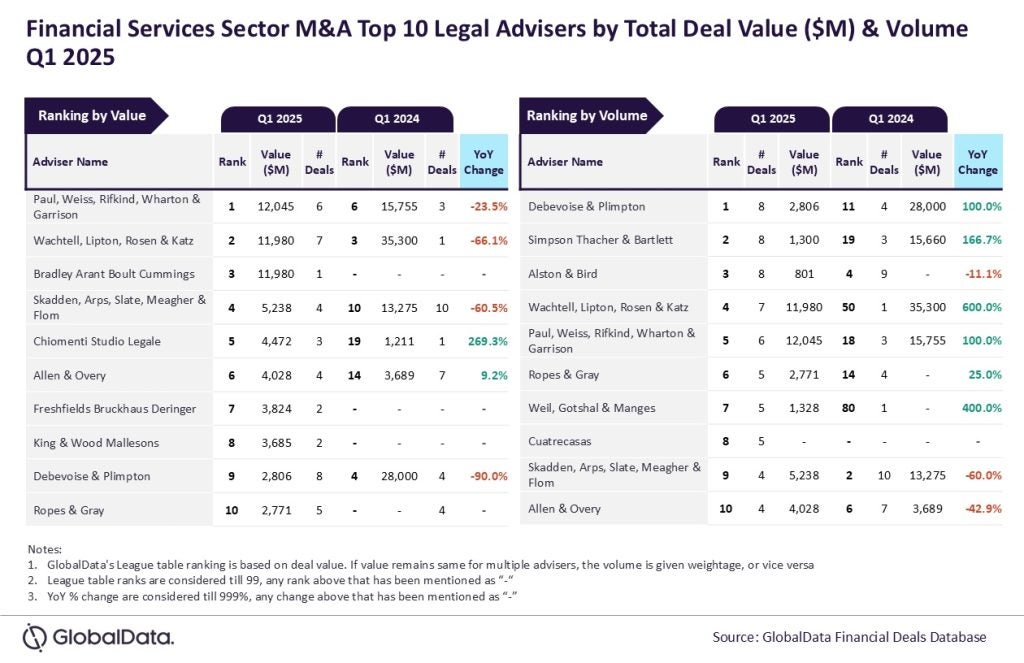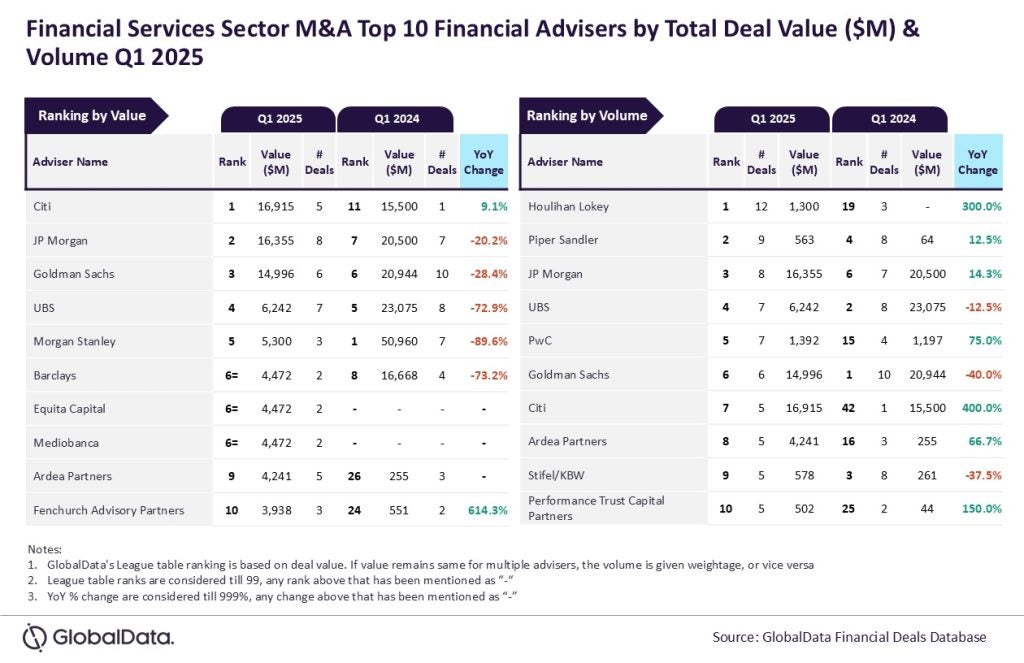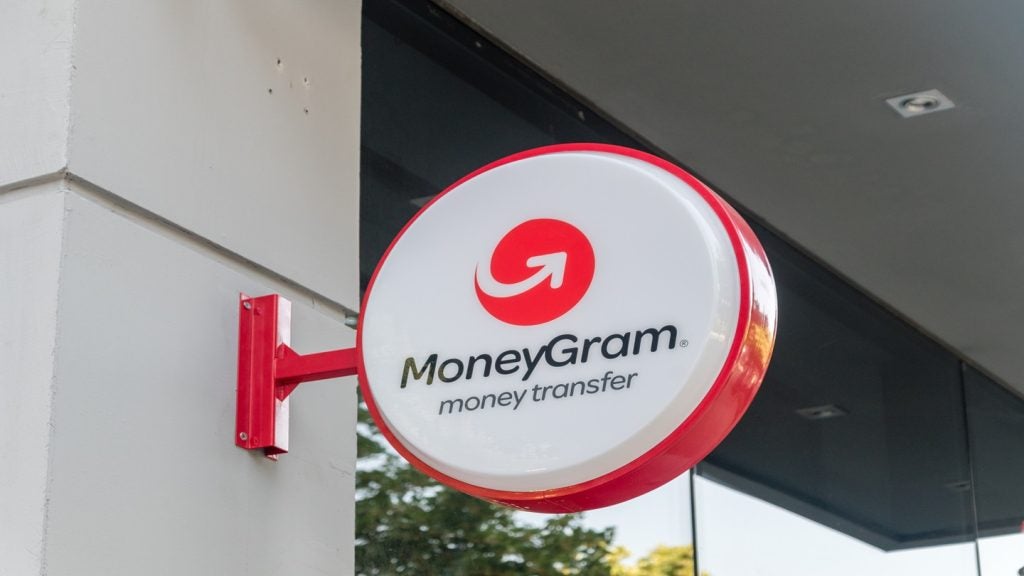HalCash North America is hoping to attract US ATM deployers to its Pin4 cardless ATM access technology, which has already been rolled out in Poland, Spain, India and Morocco. Pin4 enables consumers to instantly cash-out rewards, prizes or P2P remittances which they have received via SMS writes Robin Arnfield
ATM operators in the US are searching for ways to generate extra revenues from value-added services at their ATMs to supplement surcharge fees for cash withdrawals. This is because they face declining revenues from interchange fees as well as heavy operational costs due to factors such as the card schemes’ requirement that they migrate their ATMs to EMV or face a liability shift.
New revenue stream
Richard Witkowski, CEO of HalCash North America, says Pin4-enabling their ATMs provides a new revenue stream for ATM owners that doesn’t cannibalise any of their existing services.
Pin4 offers real-time cardless cash-outs at ATMs from digital wallets, bank accounts, P2P money transfers, and reward, rebate and loyalty offers. “Customers can use any type of cellphone, not just smartphones, to receive SMS messages containing Pin4 security codes,” says Witkowski. “Our system works with any make and type of ATM, and ATMs don’t need any additional hardware, just a software download.”
Pin4 order recipients don’t need to have bank accounts to use Pin4. What happens is that a Pin4 order supplier sends the recipient an SMS containing a PIN, and, in addition, HalCash sends a four-digit secret code to the recipient.
To withdraw their cash, the recipient has to enter both PINs and their cellphone number at a Pin4-enabled ATM. “The SMS they receive from HalCash has a link to a global GPS app that shows them the nearest Pin4-enabled ATM to their location,” says Witkowski.
Pin4 transactions are surcharge-free for recipients withdrawing cash from Pin4-enabled ATMs. “The ATM owner receives a share of the fee that we charge the issuer of the Pin4 order, be this a retailer, rewards scheme or money services business (MSB),” Witkowski says.
One benefit to ATM owners such as supermarkets and convenience stores from offering Pin4 transactions at their ATMs is extra customer traffic traffic from people wanting to redeem their Pin4 orders. “Increased foot traffic from new customers create potential for additional retail spending during those visits,” says Witkowski.
Origins
The Pin4 technology was developed and launched in Spain seven years ago by five Spanish banks as a way to provide a quick, easy way for their customers to send cash to their friends and relatives. The banks – Abanca, Bankinter, Banco Popular, Cajamar and Caja Laboral – formed a Madrid-based company called HalCash International (HCI) to roll out their platform in Spain and internationally.
“Having started with P2P transfers, the Spanish banks realized there was a market in Spain for rewards redemption at ATMs,” says Witkowski. “So they formed partnerships with companies that wanted to fulfill consumer promotions via HalCash. Today, a large number of promotions are processed on the Spanish HalCash network. If you buy a Coca Cola bottle in Spain and win a prize displayed on the bottle cap, you text Coca Cola which replies with a Euro 20 reward which is instantly redeemable at ATMs connected to the HalCash network. HalCash is ideal for this kind of promotion, as it offers instant gratification.”
HCI’s current business model is to operate the business in Spain and, outside Spain to license its intellectual property and processing platform to local operators for a specified geography. Country-specific licenses are called “nodes” in the HalCash network.
In 2011, the HalCash platform was launched in Poland, and the service is also available in India and Morocco. In addition to domestic P2P transfers and rewards redemption, the HalCash network offers intra-country transfers between the nodes in its international network.
“Poland is seeing a lot of P2P transfers using the HalCash network, but the majority of Polish HalCash transactions involve promotions,” Witkowski says. “For example, Nikon Poland offers rebates at its Nikon.pl website to people who buy one of its cameras. These rebates are processed through HalCash, and the benefit to Nikon is that, in order to receive a rebate text message, customers have to fill out a registration form providing their contact details for future marketing.”
Witkowski adds that HalCash Spain and Poland are seeing millions of Pin4 transactions on an annualized basis, which are mostly rewards-related.
North America
New Jersey-based HalCash North America, which is a separate entity from HCI, has licensed the Spanish company’s technology for North America and the Caribbean.
“HCI wants our US operation to come on stream so it can act as a remittance hub offering international transfers from the U.S. to Latin America and Europe,” Witkowski says. “So far, there has been only a small volume of remittances between HalCash Spain and Poland, but the size of the US market means there will be a lot of traffic from the US to other countries. We’re working closely with HCI to find new countries where we can transfer remittances to. Spain will be our first remittance destination followed by Poland and Latin America.”
Witkowski says HalCash North America is forming partnerships with licensed MSBs which do business in international markets such as Latin America and India. Its first partner is Bethesda, Maryland-based Viamericas which offers transfers to Latin America, the Caribbean and Africa.
HalCash North America expects to have signed up two Canadian ATM acquirers to enable their networks for Pin4 in Q1 2016. “In addition to the US and Canada, we will be rolling out the platform in Mexico,” says Witkowski. “But, due to the unique nature of the Mexican ATM and POS terminal markets, we will be working with an additional HalCash licensee in Mexico.”
Witkwoski says his company is interested in offering Pin4 in Australia, the UK, Africa and Asia.
Consumer promotions
In the US and Canada, HalCash intends to focus heavily on the rewards market. Replacing rewards, prize and rebate cheques and prepaid cards with cardless ATM withdrawals means improved customer experience, greater flexibility and rich data for marketing, Witkowski argues.
“There are a lot of costs associated with mailing rewards cheques or prepaid cards, and often the rewards aren’t redeemed, which wastes money for the issuer,” he notes. “Also, there is a delay before the customer gets the gift card or cheque. With our system, there is instant gratification. If an order isn’t redeemed, it is cancelled and the issuer isn’t charged for the value of the reward, which is a saving for the issuer. We can also notify the company that the recipient has redeemed the reward so they can send them a ‘thank you’ text message and information on further rewards.”
One of HalCash North America’s partners, Social Wealth, works with three out of the top five US health insurers. “These insurers reward their customers for healthy behaviour like joining a gym, by sending them prepaid rewards cards, and they’re interested in using Pin4 instead of mailing prepaid cards,” says Witkowski. “One of the biggest US health insurers mails 20 million prepaid cards a year worth to its customers to incentivize them to a healthier lifestyle. The problem is that 40 percent of these cards are never redeemed.”
Launch
HalCash North America is currently talking to ATM network operators and major ATM manufacturers about enabling their ATMs for its service. Its first ATM network partner is Louisville, Kentucky-based Payment Alliance International (PAI) which manages over 70,000 ATMs.
PAI and HalCash have launched a trial in four US cities, New York City, Miami, Chicago and Los Angeles, with nationwide rollout planned for 2016. “Initially, we will be issuing Pin4 orders on behalf of Social Wealth and Viamericas, and will be expanding across New York State, Florida, Illinois and California before going nationwide,” says Witkowski.
“We went to the PAI sales conference and we had a lot of PAI clients come up to say they couldn’t wait for us to offer Pin4 at their ATMs,” says Witkowski. “They realise Pin4 will provide a new revenue stream for retailers who operate ATMs in their stores, as it will bring new customers into their stores to redeem their Pin4 orders.”
HalCash is also seeing a lot of interest from smaller US banks and credit unions who want to offer Pin4 as a cardless cash access method to their customers. “A very big US FI is interested in using us for emergency cash when its customers lose their wallet,” says Witkowski.
AML
HalCash only works with licensed MSBs, as they have an obligation to comply with AML laws, says Witkowski. “We make sure they have all the information they need to comply with AML laws.” He says
HalCash has a toolkit on its back-end system that tracks Pin4 transactions by cellphone number on behalf of Pin4 order senders. It reports on how many orders go to a cellphone number and, where there is a lot of high-value activity linked to a specific number, can restrict or block these transactions until they have been verified. “We also bar numbers that are on a cellphone blacklist,” says Witkowski.
“The pairing of mobile P2P payment services and ATMs can generate new revenue streams such as money transfers and bill payments for financial institutions, as regulators around the world limit the ability to generate revenue from interchange on POS and ATM transactions,” says Tristan Hugo-Webb, associate director of US-based Mercator Advisory Group’s International Advisory Service. “Also, the paring of mobile P2P payment solutions and the ATM channel supports local payments ecosystems in emerging markets in which cash is likely the predominant payment form and few merchants are capable of supporting mobile payments or electronic payments in general. Banked and unbanked consumers could use mobile P2P payment services to transfer money to friends and relatives who can then withdraw the cash at ATMs to make necessary payments.”
“I believe HalCash demonstrates how mobile and ATMs can work together to significantly improve customer service levels,” says Ron Delnevo, the ATM Industry Association’s (ATMIA) Executive Director Europe. “The ability to remit funds using a mobile phone, with the recipient able to withdraw them as cash at an ATM without using a card is the ultimate in convenience. The unique code gives excellent security, and not having to use a card further simplifies the transaction.”
“In Africa, systems similar to Pin4 such as iZi Cash in Rwanda (http://bpr.rw/izi-cash), which operates through Rwanda’s nationwide ATM network, have worked very well,” says Dan Armstrong, Chief Digital Officer of BankMobile, a subsidiary of US-based Customers Bank, and a former consultant on mobile money in emerging markets. “In North America, I believe such systems could be really impactful as well, catering for seasonal, casual or migrant labor scenarios, as well as international remittance corridors such as Canada/the US to Mexico, etc.”
HalCash key facts
- 19 banks connected to HalCash worldwide
- 4,300 ATMs connected to HalCash in Poland
- 6,300 ATMs connected to HalCash in Spain
- 17,400 ATMs connected to HalCash in India
- 700 ATMs connected to HalCash in Morocco.
Source: HalCash (http://halcashusa.com/)







